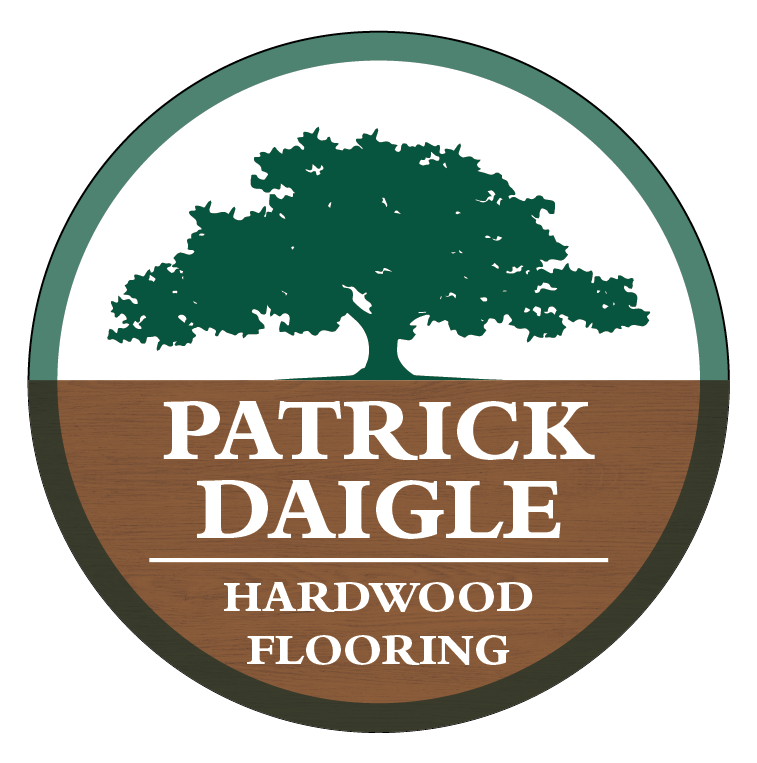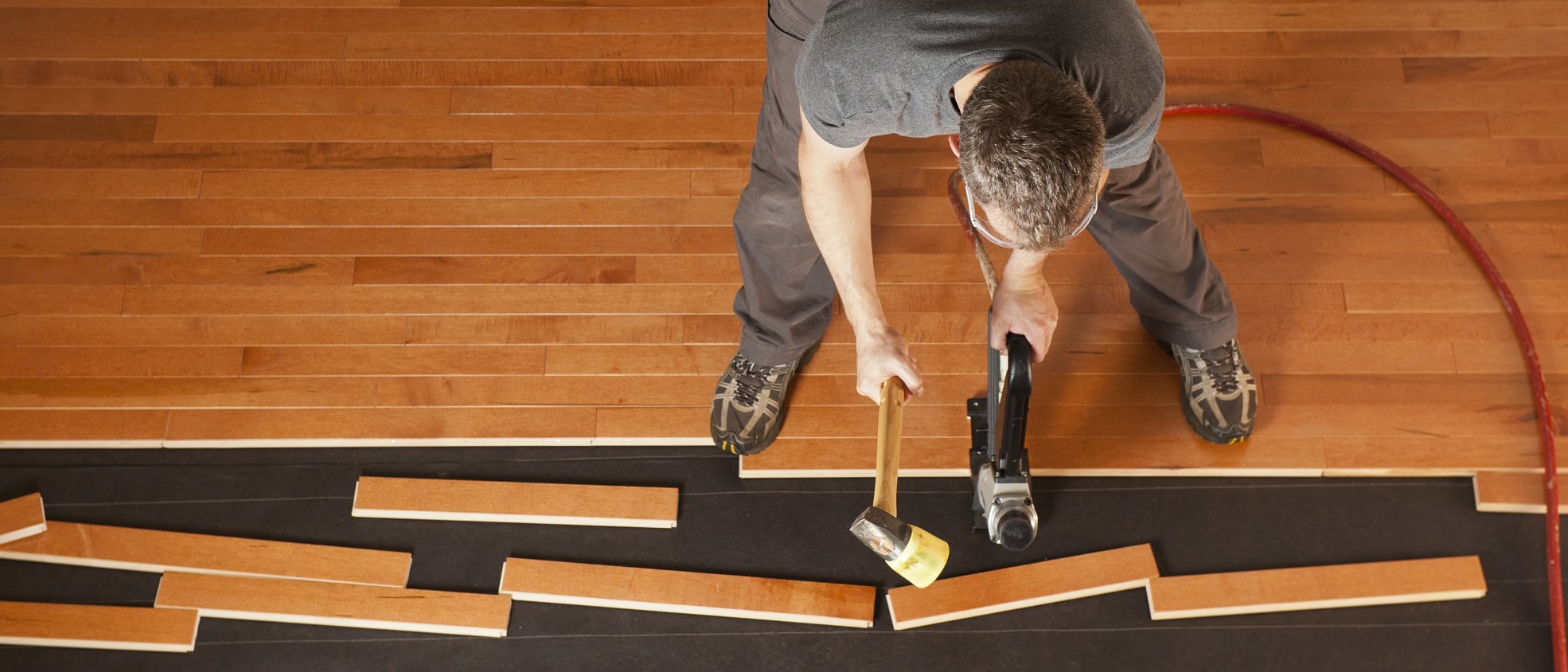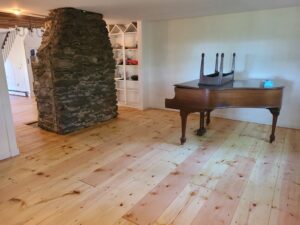How to Prepare for the Sanding and Refinishing of Your Home
How to Prepare for the Sanding and Refinishing of Your Home
Clear Out the Work Area
- Move all furniture and plants out of the work area in advance.
- Remove pictures and wall hangings from walls of the work area and near the work area.
- Remove books and other objects off of shelves, mantels, and countertops in the work area and near the work area.
- Remove clothes, shoes, and other items from closets in the work area.
- For kitchen refinishing jobs, remove refrigerator and stove. Some stoves that do not have extended legs which can be seen under may be left and worked around.
- For bath or powder room refinishing jobs, remove toilet and pedestal sinks.
- For laundry room refinishing jobs, remove washer and dryer.
Remove Existing Flooring
- Unless otherwise quoted, removal of existing floor coverings is not included.
- When removing carpeting, be sure to remove all tackstrips, padding, nails, and staples.
- Do not use a screw driver to remove tack strips as this will gouge your floor; use a pry bar or wonder bar instead.
- When removing linoleum, be sure to remove paper backing that may be adhered to flooring.
- Remove and reinstall all baseboard trim.
Protect your Home
- We use a Dustless dust containment system and they are not 100% dustless. You still should expect to have some dust. We do our best to remove dust from the area. Expensive draperies should be removed or taped off.
- Unless otherwise stated in proposal, owner is to plastic any areas or objects that he or she wishes to keep from dust. Please note that even a low adhesive tape can sometimes peel off paint and other finishes that are not well adhered. Painters blue tape is not always fail safe either. For questionable surfaces, you should use extra low adhesive white tape. We cannot be responsible for paint, wallpaper, or other finishes that peel off from tape removal.
- Kitchen pantries should be cleared or taped off. Food items that are not well sealed can absorb vapors from urethane coatings, leaving an undesirable aftertaste.
Protect Your Pets
- Pets should be kept out of the work area at all times. If the job requires, this may be for several days. Cats and dogs like to enter the work area once wet adhesives or coatings have been spread. This is problematic not just for the animal and its owner, but also for your floor refinisher. Cleaning these coatings off of the animal?s paws and skin requires unpleasant solvents that can cause the animal discomfort for days.
- If you have a protective dog, please keep it tied up or in a kennel so that our employees are not bitten. Even if your dog or cat is friendly, please tie it up if it could escape ? we are constantly coming and going through doors and yard gates with equipment.
- Birds and fish are sensitive to even small changes in their air. Bird cages and fish tanks should be moved to a room that is well ventilated and can be closed off from any fumes.
Follow-up after Completed Project
- Make arrangements to stay off the floors while finish coats are drying. Most jobs require 3 coats. This process may take 2-3 days to complete your job. If you are staining a floor a darker color, it will take an extra day for the stain to dry. Some stain colors may require longer than 24 hours to dry. It is always a good idea to stay off the floors for a couple of days after the final coat to let it harden before walking on it. Oil polyurethanes are usually dry with-in 24 hours and can be walked on the very next day after being applied; however, it takes about 4 weeks for them to fully cure. During these 4 weeks it is advisable to use extra caution sliding chairs or other objects on the floors.
- Be prepared to re-light any pilot lights that we see fit to turn off in order to eliminate fire hazard. Wait until the next day and make sure the house is ventilated before doing so.
- Be prepared to do minor paint touchups on trim and walls.





